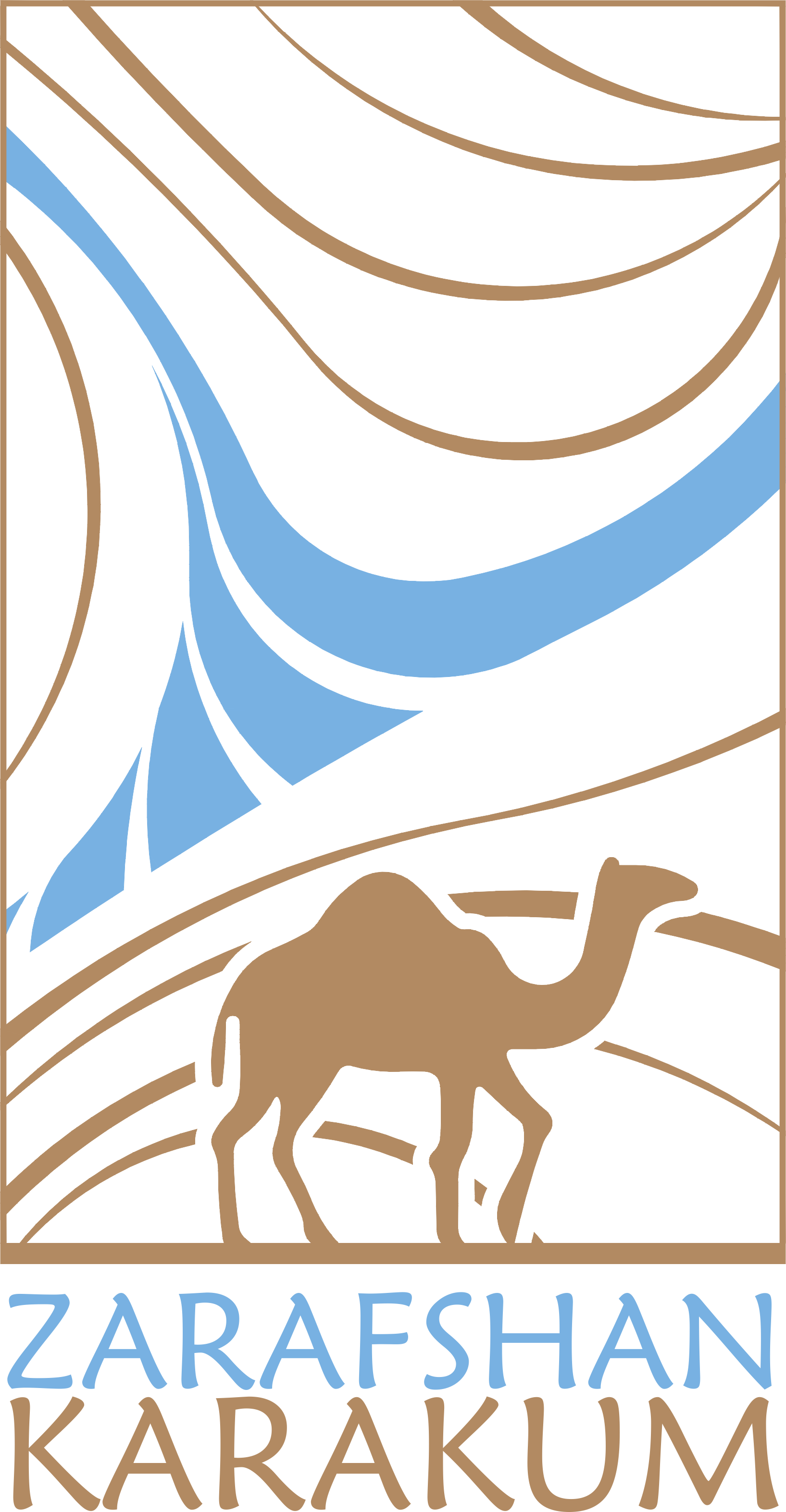СASTLE ON MOUNT MUGH
This apparently small and ordinary castle in picturesque landscape that controlled the passage from Zarafshan river to its tributary Kum obtains outstanding position in the history of Central Asia during the Arab conquest, including the multi-facetted relations of Sogdians along the Silk Roads.
TJ-02
Judith A. Lerner.
Сastle on Mount Mugh
TJ-02
. It was here that in 1932 – 1933, with quite adventurous circumstances the only surviving Sogdian archive and many material objects have been found. The archive, which is now the basic source for the history of Central Asia, belonged to Divashtich, the last ruler of Panjakent (706 – 722 CE) and his detachment, who were expelled to the mountains where they had to surrender to the Muslim commander. The archive is the main documentary source on Islamization of Transoxiana, and it is great witness to social, political, economic history of 8th century Sogdiana. The references to Arabs, Turks, Persians, Chinese, Khorezmians, Ferganians, etc. in these documents show how much interdependent was Central Asia of that epoch. Apart from documents, many everyday objects were discovered at Mount Mugh, and again, some of them are indications of cultural transfer such as Chinese silk and lacquer objects.
Therefore, the Castle on Mount Mugh bears exceptional testimony to a cultural tradition of Sogdians through its documents, tangibly associated with significant events of Islamization and local withstanding to it. It is also a good example of fortification of Sogdians as well as the reflection of human activity in unfavorable mountain environment.

